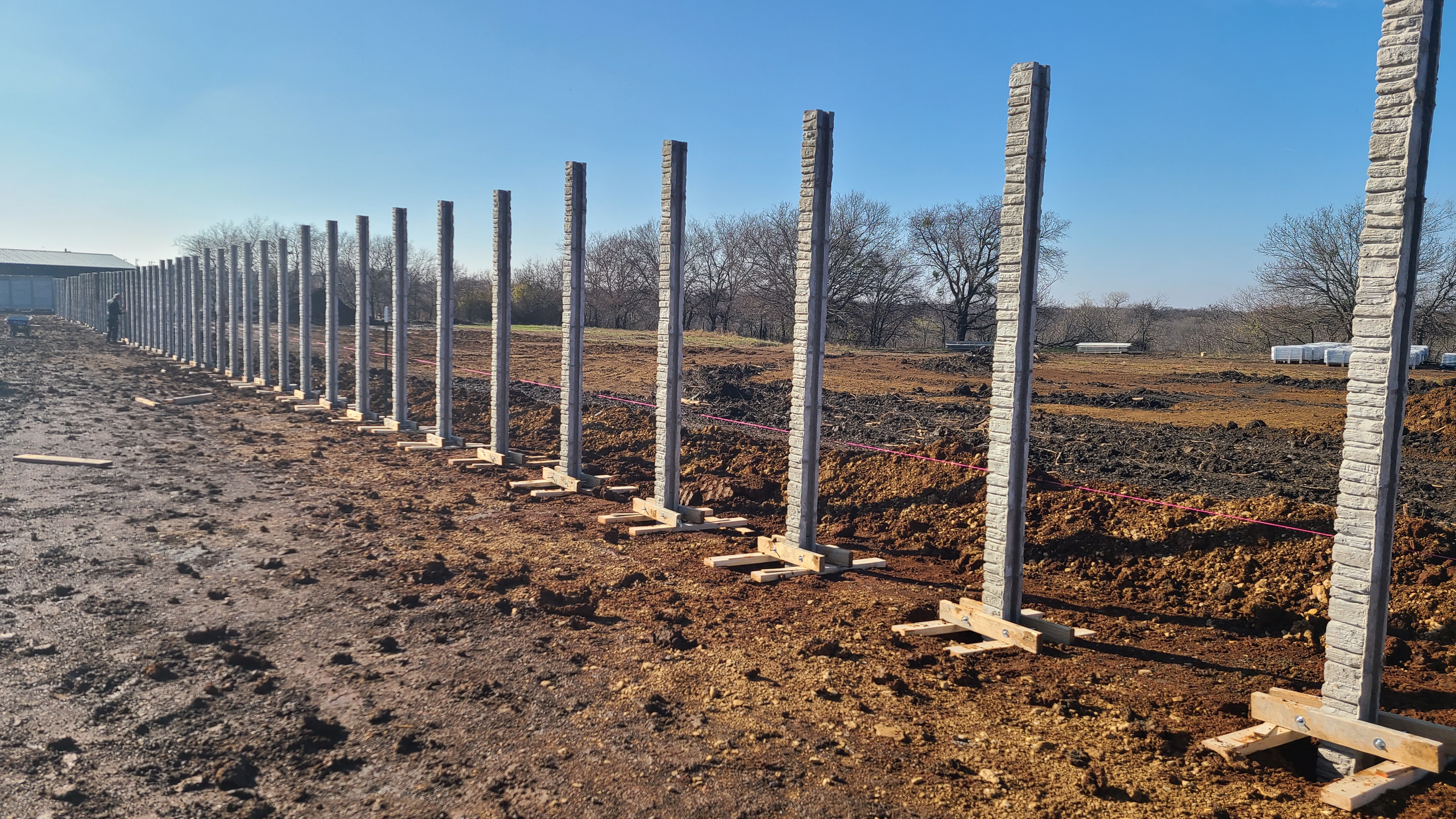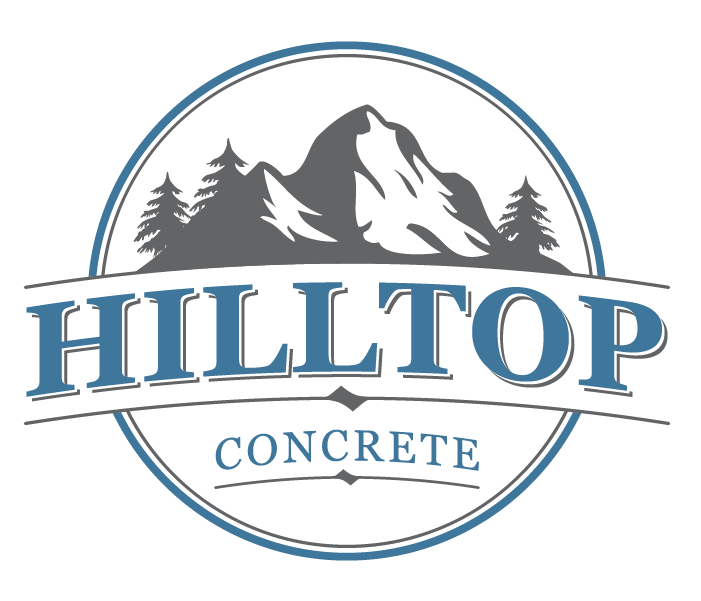A question often asked in our industry is whether heat has any affect on a concrete fence. Obviously, we all know what Texas summers are like so this is a legitimate concern considering the fact that we manufacture all of our precast concrete fence components in Texas and a majority of our precast fence systems are installed in Texas. However, there is not a simple “yes” or “no” to this question. The understanding of thermodynamics and their impact on building materials, such as concrete, is important to the successful production of a long-lasting precast concrete fence. Here are some important facts to consider when working with a concrete fence system.
There are three main points at which concrete typically cracks; while drying, with quick changes in ambient temperatures, and when low humidity is present. Concrete can crack during the drying process if the aggregate used in the mix shrinks due to low water to concrete ratio. This ratio can be altered when water is added to the mix without adjusting the amount of cementitious material. Thermal cracking occurs when the ambient temperature changes quickly during the drying process. It can also happen with an increase in the concrete temperature in larger members, which is something we watch carefully with precast concrete. Finally, low humidity combined with high winds in arid climates can lead to accelerated evaporation during the drying process. This leads to cracking as well but is not much of an issue for our manufacturing facility located in Texas where humidity is relatively high, even in cooler months.
Controlling water temperature can be a major factor in reducing cracking in concrete. Adding ice shavings or chips to the water before mixing, using steam during the curing process, and misting during warm weather all work to control the amount of hydration during the production process. Keeping water cool with ice chips allows for better control over the temperatures at which the aggregate is mixed. Ice should be crushed or shaved into small pieces to melt completely and uniformly before the concrete mixing is complete. Steaming the finished product behind curtains during the drying process keeps the product moist and the curing temperatures up during the curing process. Misting the forms and reinforcement just before placing them can help prevent unwanted temperature increases while cooling the products at the yard. All of the steps taken together result in long-lasting precast concrete with a high resistance to cracking.
In Texas, outdoor temperatures are a very real factor for any construction project. By maintaining consistent temperatures and water values throughout the mixing, casting, finishing and curing processes, our precast concrete is designed to stand up to any weather condition, enduring sultry summer heat beautifully for years to come. Since the process of creating precast concrete is controlled from start to finish, we are able to ensure a quality product that is sure to stand the test of time on any project! This gives you the confidence to build with Hilltop Concrete, knowing you are getting a durable and reliable product that is second to none! If you are ready to get started on your next project or if you would like more information, please email us at hello@hilltopconcreteco.com or call our office at 903-630-5465! We look forward to hearing from you.

.png?width=697&height=597&name=Hilltop%20Logo%20WHITE%20(1).png)
